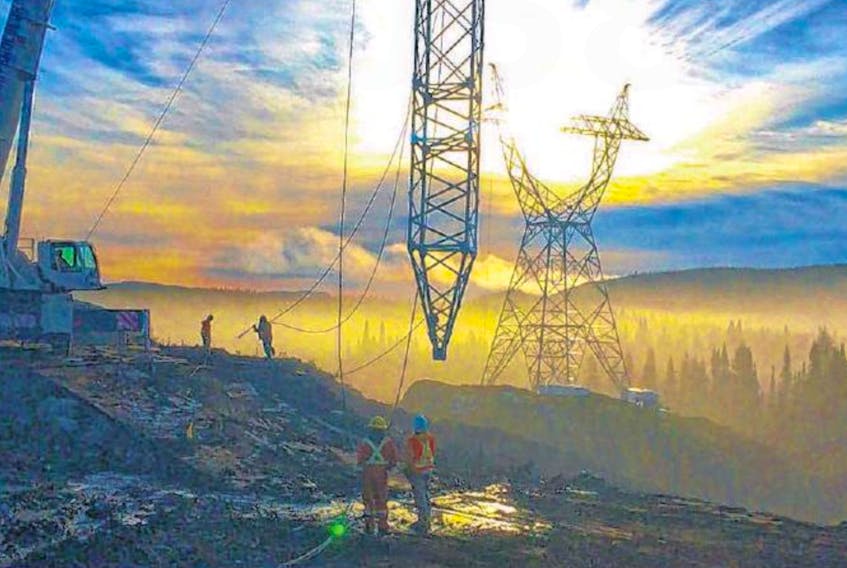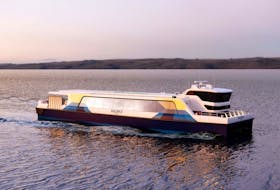Hello old friend.
Well, not really.
But I did get an email message about Syd this week, and about how things are going in Syd’s home country of Sweden. Syd’s supposed to be working for Svenska kraftnat, the Swedish electrical utility.
Syd, by the way, is the SydVastlanken (or South West Link), a $1.07-billion high-voltage, direct current (HVDC) power system that’s supposed to even out Swedish electrical prices by delivering power between Hallsberg and Barkeryd.
The project is years behind schedule.
And, as may be familiar to some people, problems with the control and protection software for the power line — being designed and put in place by GE Grid Solutions — have caused a good part of the delay.
The power line was finally supposed to go into operation after a commissioning test in October — but that didn’t happen.
“The test operation would last for 30 days to verify the system and establish stability and reliability. However, due to the fact that preparatory tests have shown shortcomings in the control of the inverter stations during abnormal operating situations, test operation could not be started as planned,” the company wrote in a Nov. 26 news release that Google Translate rendered into something close to English for me.
The delays are similar, the software issues are similar, and the work for both projects is being done at the same GE facility in England.
“The tests that have been performed show that it is the software — the brain in the facilities — that must be updated and undergo a new series of verifying tests before sampling can start.”
The new date?
Well, now a hopeful March 31, 2021. Not 2015, its scheduled completion date.
Maybe you’re saying, “But that’s not Muskrat Falls.”
And you’re right. But it is another HVDC transmission software project for GE Grid Solutions, and another set of near-endless software issues that are stalling the Swedish project.
At this point, GE Grid Solutions has also been woefully far behind in finishing a control and protection software package for the Labrador-Island Link (LIL) as well.
GE Grid Solutions officials told the Muskrat Fall inquiry that the projects shouldn’t be compared, because they use different types of technology.
That being said, the delays are similar, the software issues are similar, and the work for both projects is being done at the same GE facility in England.
As a consultant for the Public Utilities Board recently pointed out about the LIL’s software problems, “the history of software development warrants concern about identification of protection and control issues during commissioning. Other reasons for pessimism that we have noted in recent reports also remain.”
Like the SydVastlanken, completion of the final software for Muskrat Falls has been pushed well out into the future. The Labrador-Island Link will not even finish testing the final version of the many-times-delayed GE software until Sept. 30, 2021.
One thing that’s never been made really clear, as far as I know? Why Nalcor Energy chose this HVDC system in the first place. After all, the Maritime Link was not only completed on time and on budget, but the software system that allows power transfer from the Bottom Brook substation, through the link and into the Nova Scotia electrical grid not only was completed years ago — it also works.
Of course, the Maritime Link used different technology — Swiss company ABB’s HVDC Light system. ABB likes to point out that it pioneered HVDC technology 60 years ago, and that over half the HVDC systems in operation around the world use its technology.
We don’t pay new, higher rates for Muskrat Falls power until the project is finished, so the costs of the delay aren’t front and centre. But every day of delay — without power revenue coming in — means interest charges are piling up, and, most likely, interest on the outstanding interest as well.
Hopefully, in the end, we fare better than Syd.
Russell Wangersky’s column appears in SaltWire newspapers and websites across Atlantic Canada. He can be reached at [email protected] — Twitter: @wangersky.









